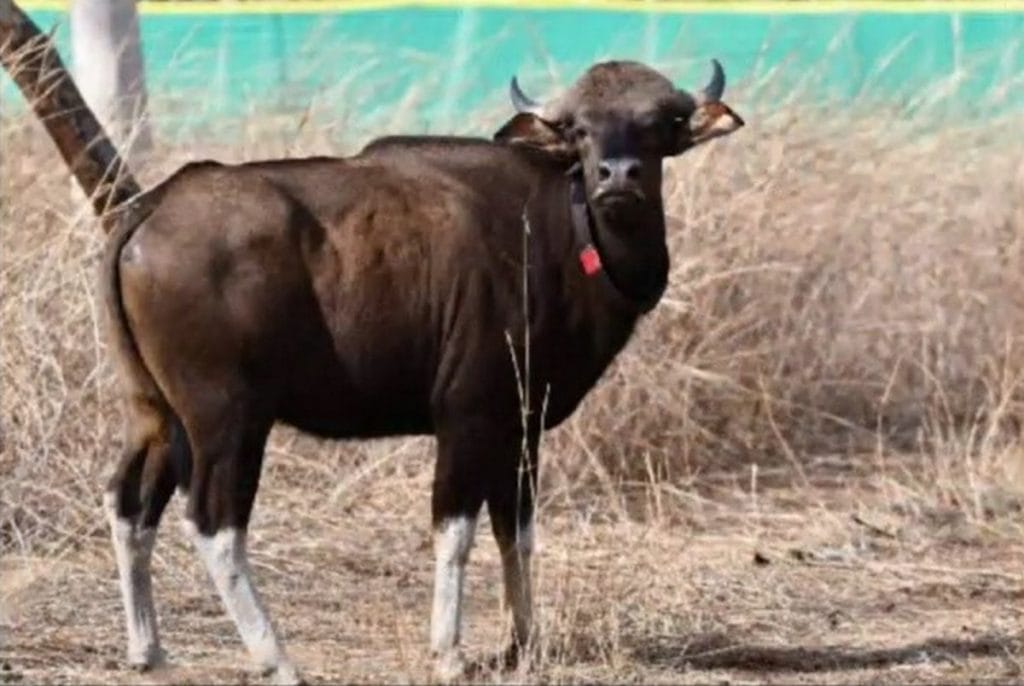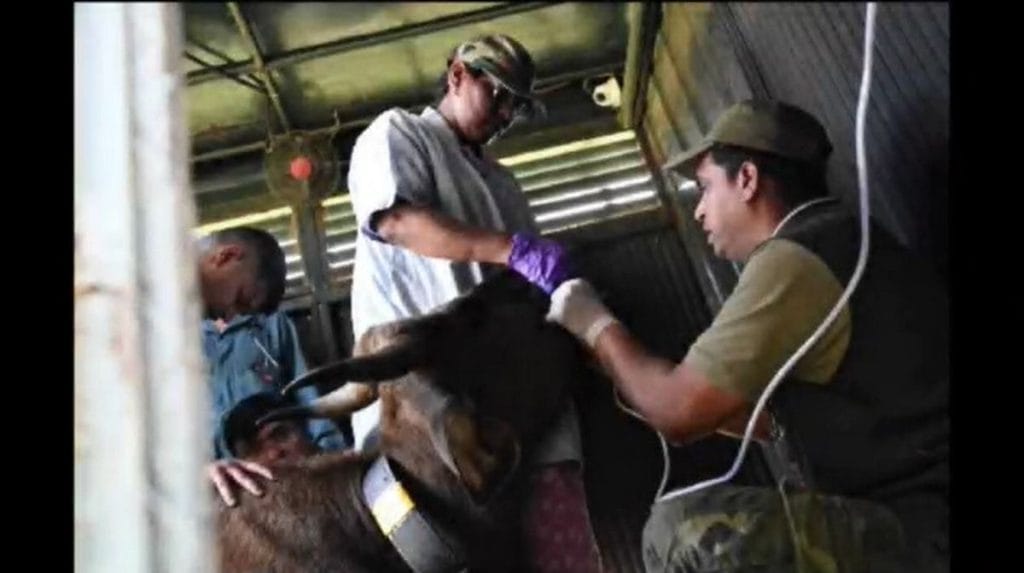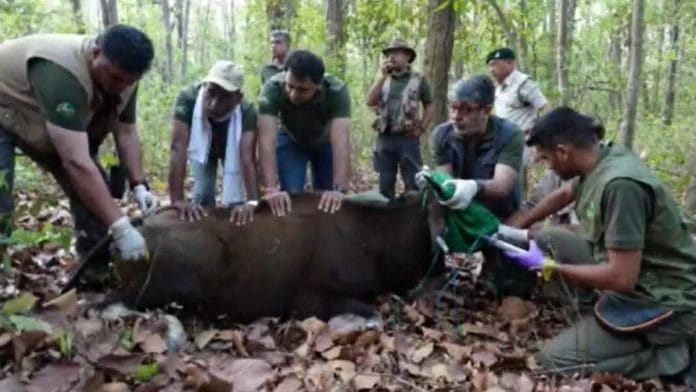New Delhi: Nearly 25 years after they vanished from the Sanjay-Dubri Tiger Reserve in Madhya Pradesh, over two dozen majestic gaurs, or Indian bison, made a long-awaited comeback this Friday, roaming freely in the evergreen sal forests.
The return of the locally extinct species marks a pivotal moment in the conservation efforts of the Madhya Pradesh Forest Department, which is reintroducing 50 gaurs to their original habitat without any help from external wildlife experts.
The first batch of 28 gaurs was translocated from Kanha Tiger Reserve in the first week of June. After completing a 15-day acclimatisation and observation period in an enclosed 30-hectare area, they were released into the wild Friday said Amit Dubey, field director of Sanjay-Dubri Tiger Reserve.
“Gaurs were last spotted in Sanjay Dubri Tiger Reserve in 1997-98,” Dubey told ThePrint.
With distinctive humped shoulders, spindly ‘white-socked’ legs, and a muscular build, gaurs are a wild oxen species and the largest living bovines. They are social animals that live in herds with two to 20 members. Gaurs are classified as Vulnerable on the IUCN Red List and are listed in Schedule I of the Indian Wildlife (Protection) Act of 1972.
According to the IUCN Red List website, the global population is estimated to be 15,000-35,000 animals.
MP’s chief wildlife warden JS Chauhan told ThePrint that Madhya Pradesh has an estimated population of around 10,000 to 12,000 gaur. The state government has been trying to reintroduce the species in areas where they have gone extinct, but progress has been slow.
The Sanjay-Dubri translocation comes 11 years after the first such exercise for 50 gaurs was undertaken from Kanha Tiger Reserve to Bandhavgarh National Park in 2012, with assistance from South African experts. Since then, Bandhavgarh National Park has seen its gaur population grow to approximately 170.
The latest exercise, though, is an entirely homegrown initiative.
Also Read: Project Cheetah: Five more to be released into the wild at Kuno National Park before monsoon
‘All by their own efforts’
The MP Forest Department intends to relocate a total of 50 gaur to the Sanjay Dubri Tiger Reserve, with 35 individuals being moved from Kanha Tiger Reserve and an additional 15 from Satpura Tiger Reserve.
“It is an important step in the capacity-building of forest officials for the reintroduction of animals, especially large herbivores such as gaurs. This time, the gaurs were reintroduced without any aid from an external agency and all by their own efforts,” said chief wildlife warden Chauhan.

He added that this effort could reap benefits in neighbouring Chhattisgarh as well.
“The landscape of Sanjay Dubri Tiger Reserve is much wider than Bandhavgarh. Nearly 70 per cent of the reserve is with Chhattisgarh as Guru Ghasidas National Park. Once the population is established in Sanjay Dubri Tiger Reserve, it will also spread to the adjoining national park in Chhattisgarh,” he said.
Dubey pointed out that the reintroduction of bison in Sanjay Dubri Tiger Reserve will improve the habitat for other herbivores, including deer such as cheetals and sambhars, as well as the overall ecology of the reserve.
According to forest officials, mega herbivores such as bison break down trees and high grassland making it more accessible to various species of deer.
“The heavy weight of gaurs also helps in improving grasslands. Cheetals are often found in meadows, but with bison around, cheetals are also easily found in dense forest,” added Dubey.
How the translocation took place
The process to move the first batch of 28 bison started in April 2023, according to SK Singh, field director of Kanha Tiger Reserve.
The first step, he said, was collecting dung from seven different herds of bison and then testing the samples to assess the health of the animals.
Special care was taken to ensure none of the bison selected for relocation were lactating or old.
With a team of 25 technical experts and 50 labourers in place, the identified herds were put under surveillance. Subsequently, starting 1 June, the animals were tranquilised in batches, and moved into specially designed transportation vehicles. They then made the 400-km and 16-hour journey to Sanjay Dubri Tiger Reserve in Sidhi district. The last batch of bison reached the reserve on 6 June.

Upon their arrival, the animals were placed in a 30-hectare acclimatisation enclosure where they were put under constant observation and monitored for their behaviour and eating habits.
“Owing to the tranquilisers and drugs used, these animals are kept in close observation for a 15-day period. All the animals have been functioning normally and exhibiting healthy behaviours, and were released on Friday morning,” added Dubey.
A few of the 28 bison relocated from Kanha Tiger Reserve have been equipped with Very High Frequency (VHF) collars while others have been fitted with colour bands, allowing them to be easily observed by the forest department. They will be monitored over the next few months until they establish themselves in the forest.
Preparations are already underway to move another 15 gaurs from Satpura Tiger Reserve to Sanjay-Dubri Tiger Reserve. The process is expected to begin on 26 June.
L Krishnamurthy, field director of Satpura Tiger Reserve, said that the process had been staggered to allow the smooth integration of the animals.
“We want the herd to mix well, which is why after the first batch was moved from Kanha, another 15 will be moved from Satpura before the remaining eight are again moved from Kanha,” he said.
(Edited by Asavari Singh)
Also Read: Is India’s Project Tiger going off script? Big cat deaths from Corbett to Pench to Kanha






